Vanuatu: A Glimpse of Paradise
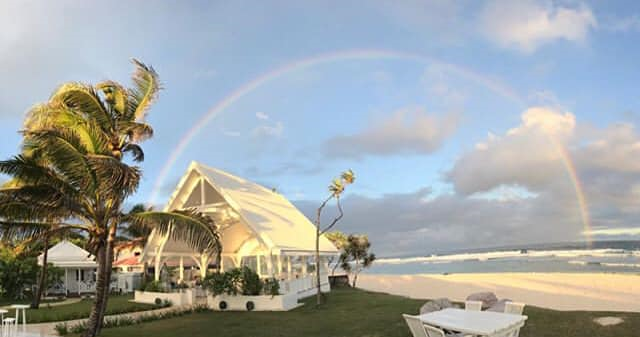
Story and photos by former Thomas Jefferson Information Center director Reysa C. Alenzuela, Ph.D., MLIS, RL. Dr. Alenzuela is a heavy traveler and documents these trips, whether in her hometown in Iloilo or abroad (Australia, South Korea, Kazakhstan, Vanuatu, the U.S., etc.).
Vanua.. where? Vanua… who? Vanua to?… Every time I go back to the Philippines or travel in Asia and I get asked where I (used to) live. The moment I say Vanuatu, queries turn into curiosity or confusion or both. I didn’t know much about Vanuatu except for my belief that the first new year happened somewhere near (it’s usually Samoa or Kiribati). This is the third country where I lived in half a decade. While also earning a living, I truly live where I earn. I chose places that are non-mainstream and Vanuatu, at a glimpse, is one of the places that beach lovers would make on their top list.
Beaches. Kava. Culture. Diversity. Oblivion of time and urgency. Living in the moment. When I say Vanuatu, these are the keywords I can think of without batting an eyelash. The place provides relaxation at the same time doses of adventures.
For those who are not quite familiar with this place, here are a few facts:
Hard facts: Vanuatu, is a country in the southwestern Pacific Ocean, consisting of a chain of 13 principal and many smaller islands located about 500 miles (800 km) west of Fiji and 1,100 miles (1,770 km) east of Australia. Major islands consist of Espiritu Santo, Aoba (Ambae), Pentecost, Malakula, Ambrym, Éfaté, Erromango, and Tanna. Some 200 miles (320 km) to the southeast of Anatom, two uninhabited islands, Hunter and Matthew, are claimed by both Vanuatu and France (as part of New Caledonia). Formerly the jointly administered Anglo-French condominium of the New Hebrides, Vanuatu achieved independence in 1980. The name Vanuatu means “our land forever” in many of the locally used Melanesian languages. The capital, largest city, and commercial center is Port-Vila (Vila), on Éfaté.
Trivia: Kate Blanchett has a holiday home in Vanuatu and was selling it!
Rumors have it that the last record of cannibalism was in 1969 . There are secondary sources about it. Cannibalism isn’t always about survival. From the narratives I heard from the locals, the tribes don’t just eat anyone randomly. They only eat those who steal their women or those who aggravate or pick a fight with them.
OK, so much for the horror stories. What’s amazing about this place are the idyllic beaches that a lot of my friends fell in love with; so enticed that they wanted to live here their entire lives. The place also has a breathtaking sunset. Even in the capital city, even just a walk downtown will lead you to a beautiful seascape.
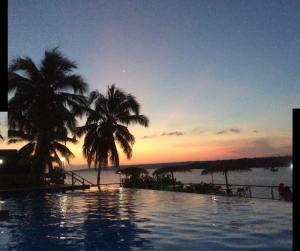

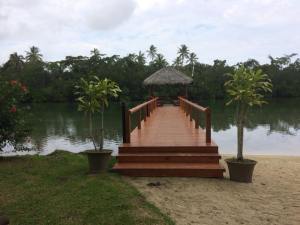
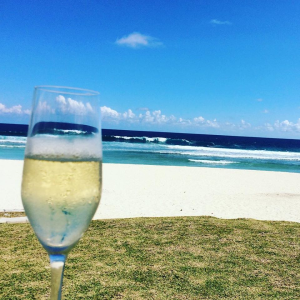
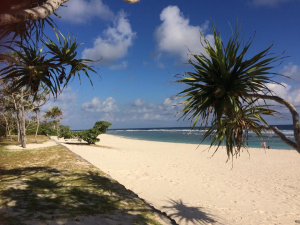
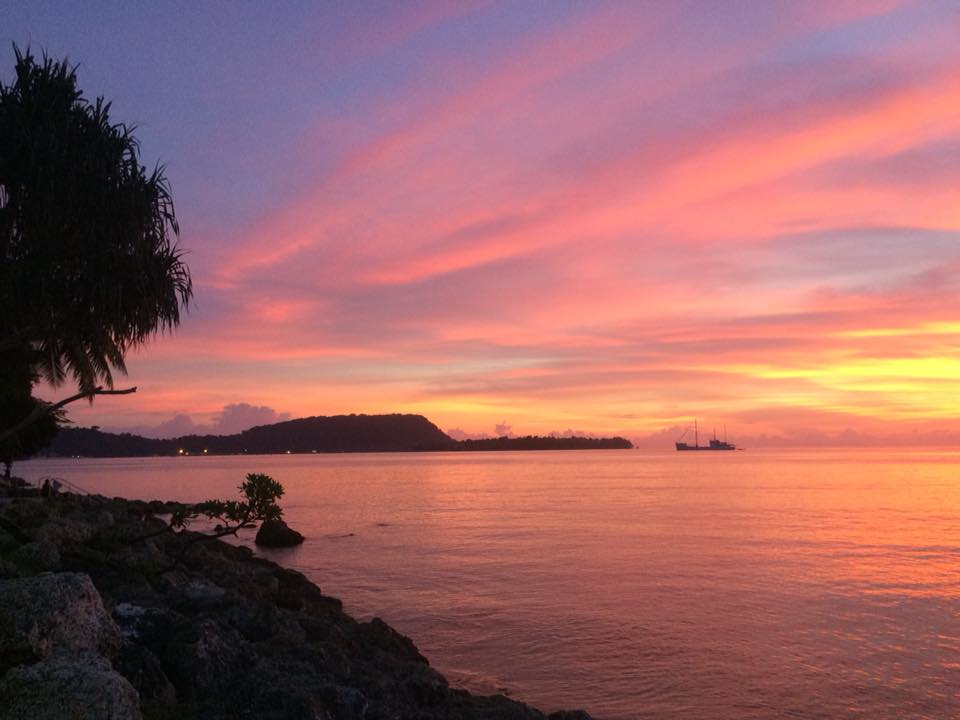
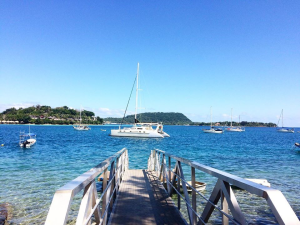
Port Vila, known by the locals as Vila, is perfectly a place for “expating” (a term our group coined), going to the beach, sipping cocktails, and musing on sunset. Some who are more adventurous go for dives and kite-surfing. Foods are also great – beef is so tasty, vegetables are all fresh.
Aside from the pristine beaches, Vanuatus take pride in their vibrant culture weaved by diversity in various islands. One of the most prominent practices they still do is kava-drinking. Kava-drinking is a form of socialization but in ancient times it was believed that it is an avenue to communicate with the spirits of their ancestors whose bones typically are buried in a nearby nakamal (the house where men gather).
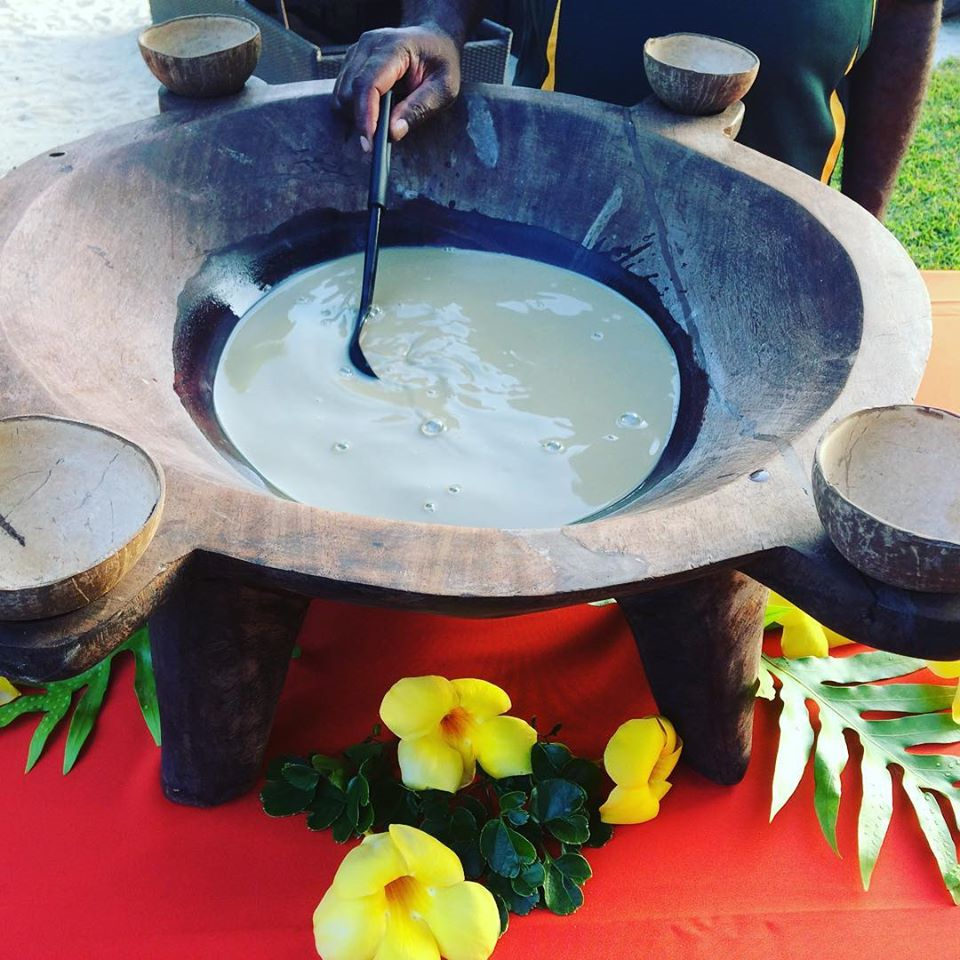
Kava is a beverage or extract that is made from Piper methysticum, a plant native to the western Pacific islands. The name “kava” comes from the Polynesian word “awa,” which means bitter. Some people take kava by mouth to calm anxiety, stress, and restlessness, and to treat sleeping problems (insomnia). On many islands, men gather nightly at their local nakamal to drink kava. The kava roots extracts have sedative effects. While drinking kava and by using magic stones, they attempt to contact and control the spiritual realm they view as all-pervasive. This is still an existing belief or practice nowadays. Among the vast majority of rural dwellers, kastom (custom), along with Christianity, continues to guide daily life. This belief is not practiced in the city anymore.
Indigenous Knowledge
Traditional knowledge is mostly oral or visual form – chants, stories, art, etc. An intricately carved large vertical wooden slit drums of stunning appearance is called a “tamtam.” The tamtam can have as many as six faces and each face represents a level of rank in tribal systems. The more faces one is entitled to carve, the higher the status. If you buy a tamtam, you can be certain that it is an authentic product. Only those who have the right to carve are also able to sell their pieces. This to me implies that traditional knowledge has a high value. This also affects the way knowledge and information is made available and preserved.
Types of Knowledge-sharing
- Traditional – sandroing, weaving, wood carving
- Shared – basics in planting
- Sacred – owned by tribes, for a fee, kept secret
Knowledge of “kastom” values passed from generation to generation is restricted. They are the individual property rights of each person or tribe. To have access to knowledge of these values, one has to make large payments through traditional means such as pigs, yams, and mats. When a person obtains knowledge through making payments, he is still not allowed to put those things on public show during a dance unless rights are given him to do so by individuals or tribes concerned. Another area of custom knowledge that can be disclosed is traditional medicine. Knowledge may be handed down by family members to their next generation. Knowledge transfer is a sacred possession in this part of the world. Everything is indirectly copyrighted. Elders keep this knowledge and reveal it only just before their death to ensure that their children will take care of them. Parents do not immediately share their knowledge until it has been proven that their children are worthy – e.g. they took care of them well.
This also applies to properties like lands. As information is kept, and the mode of transfer is mostly oral or verbal, Vanuatu is not into creating a place where all this information is preserved. The very little written record has been collected and it took a while for libraries to be developed.
Vanuatu is a paradise but “the world is my oyster”
For a moment, as my escape from nine months of snow and up to -55 degree Celsius winter in a year, Vanuatu is a breath of fresh air. It has a beautiful view of beaches that the Philippines and tropical countries have but a little colder from May to October than the usual countries in Southeast Asia. For a beachcomber who doesn’t want to get burned, this is truly a perfect place.
On the other hand, you get too much of an island life after a few months. Those of us who have moved to a small island coming from crowded cities and urbanscape, we call it island fever. It’s a feeling that you had too much of the beach waves, exhausted with the same sceneries, getting the same stuff, seeing the same views, everybody knows everyone.
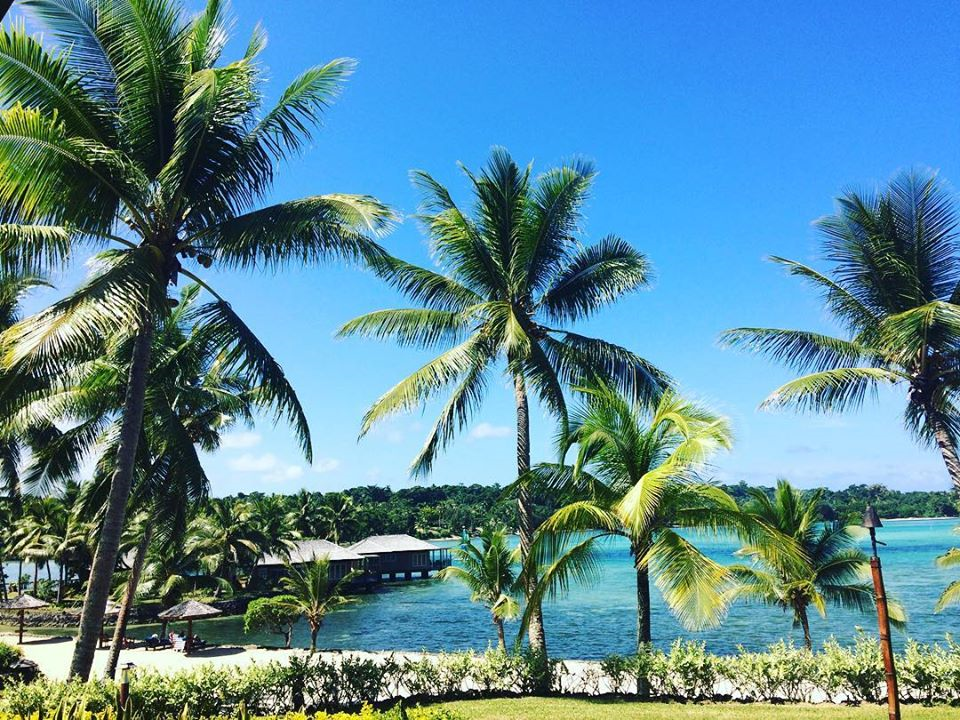
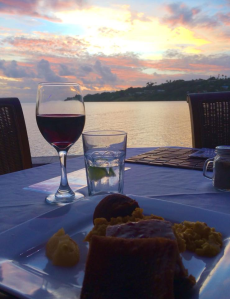
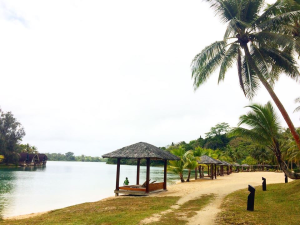
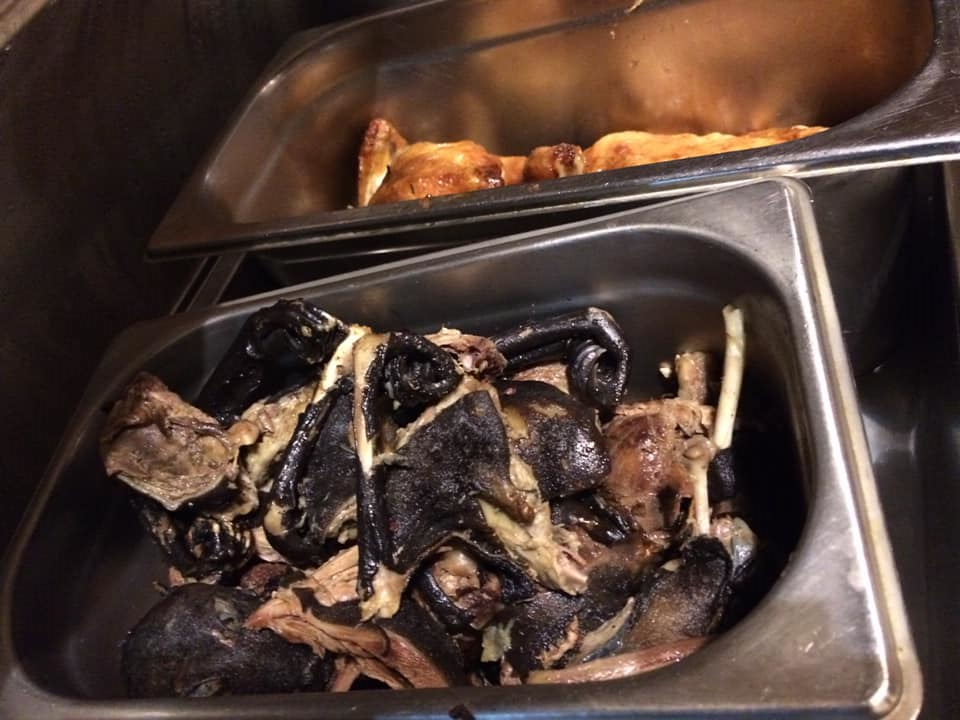
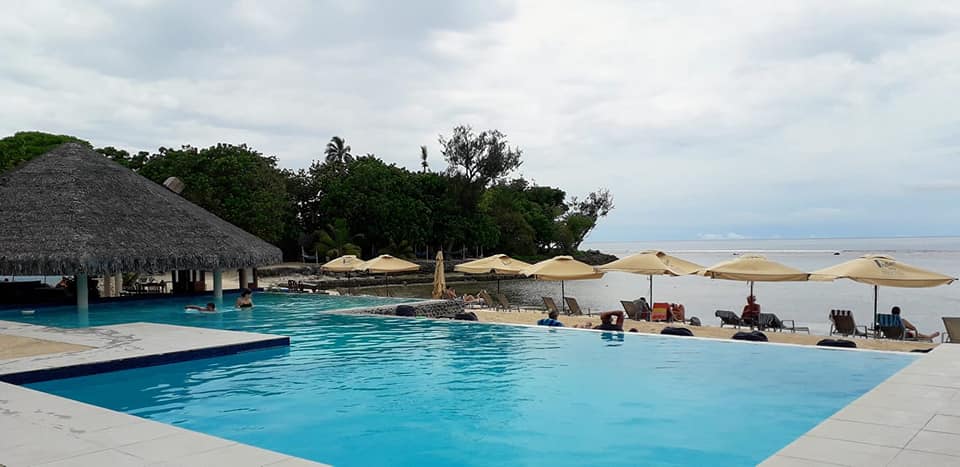
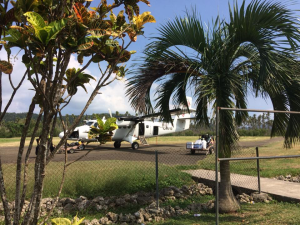
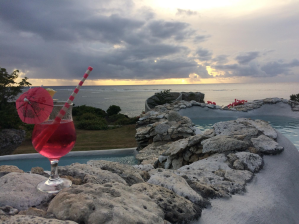
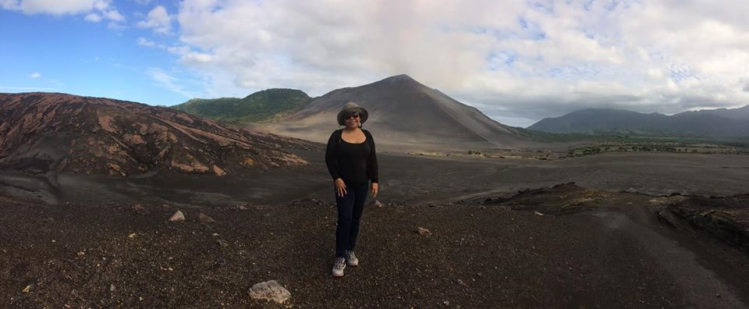
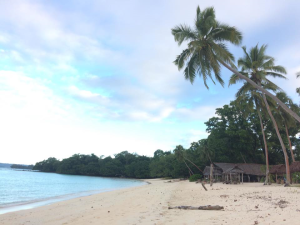
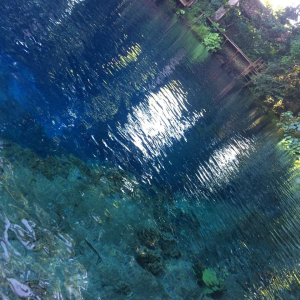
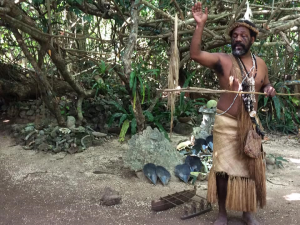
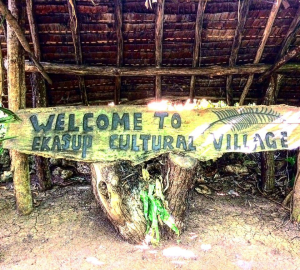
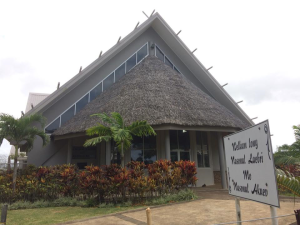
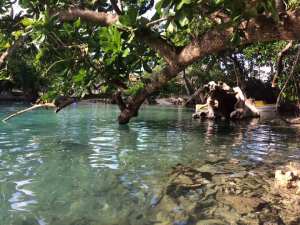
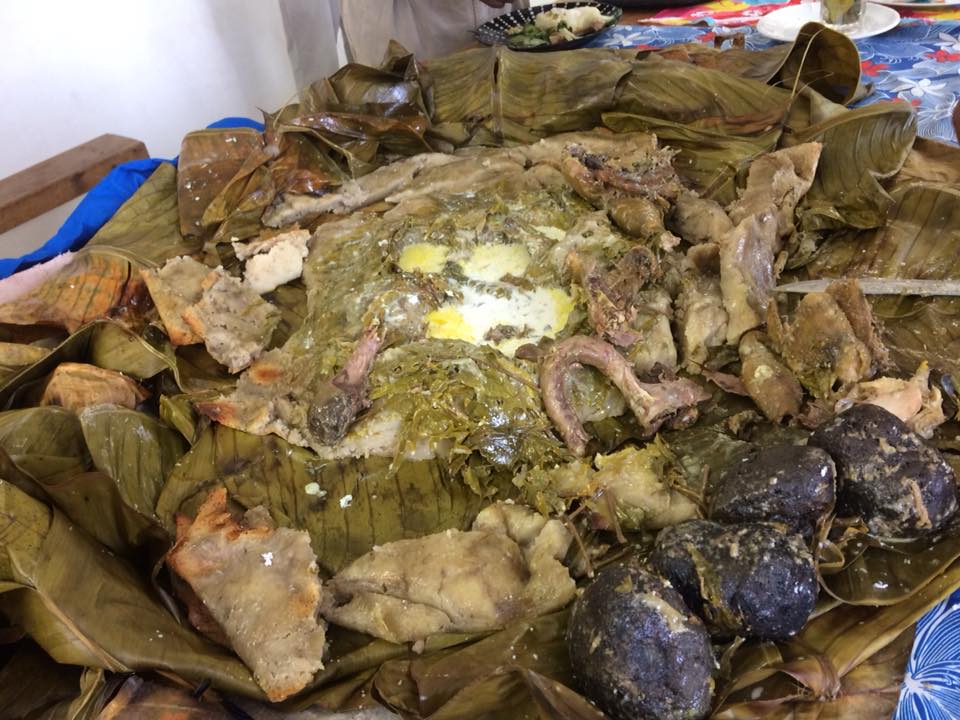
Comments
Post a Comment